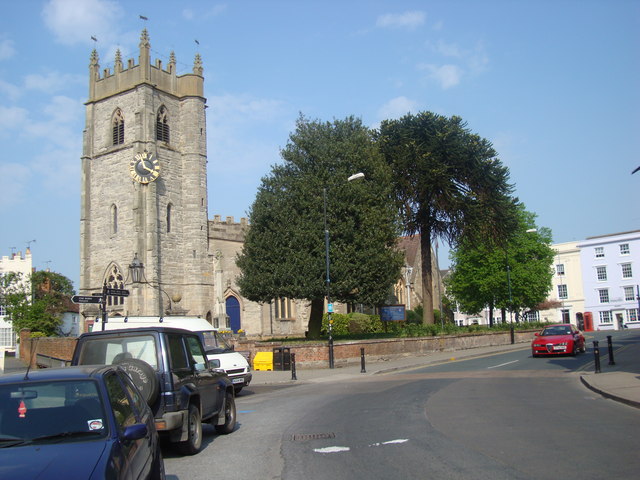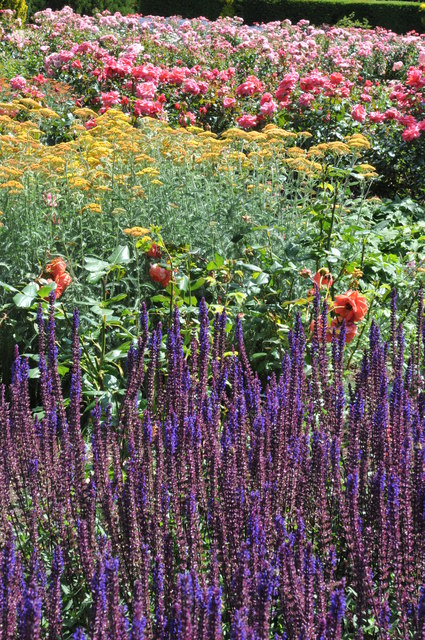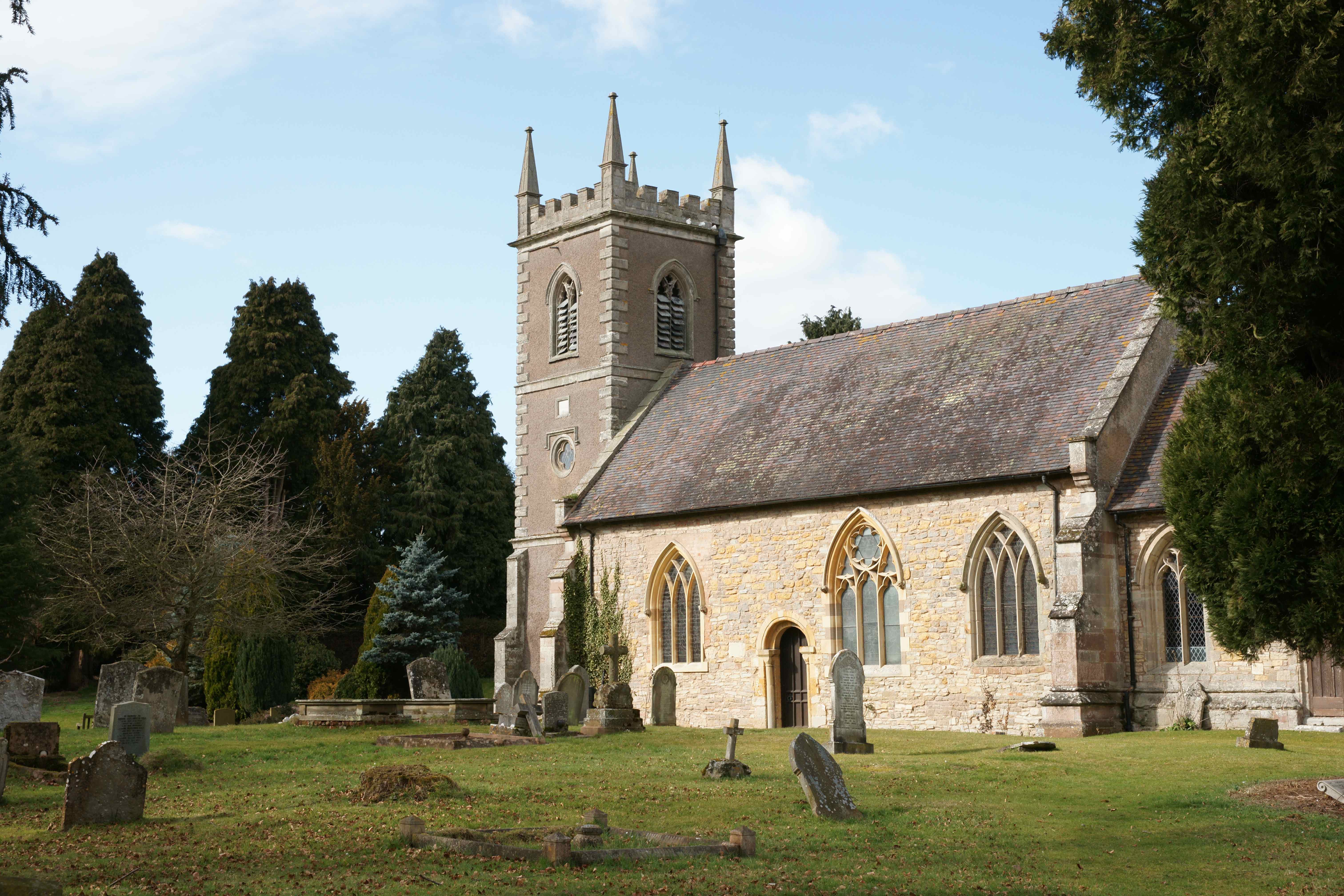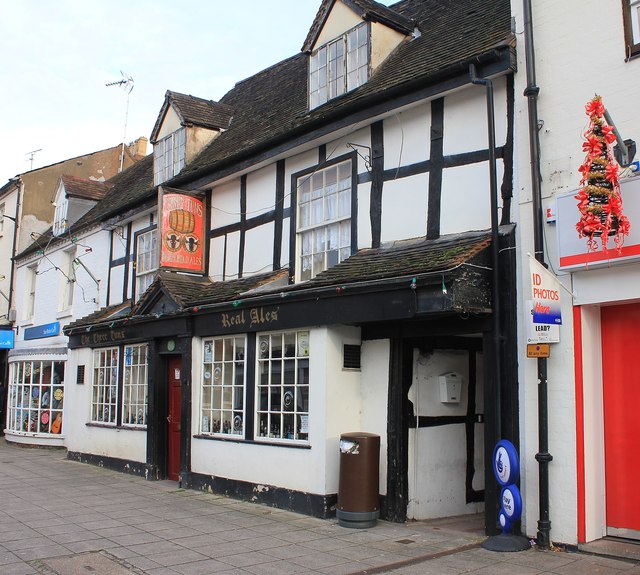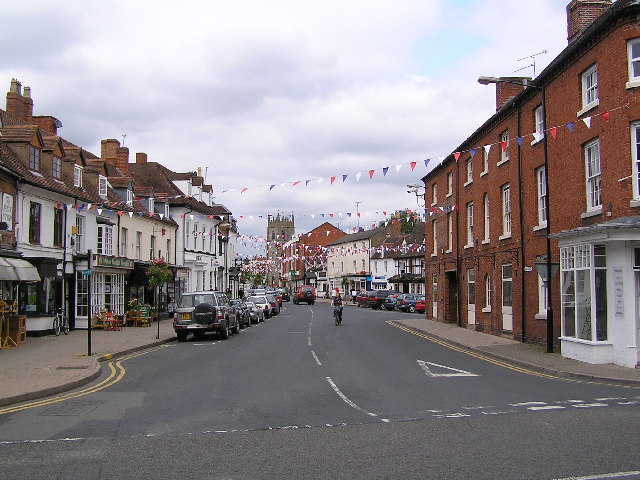Lord Henry's Clump
Wood, Forest in Warwickshire Stratford-on-Avon
England
Lord Henry's Clump
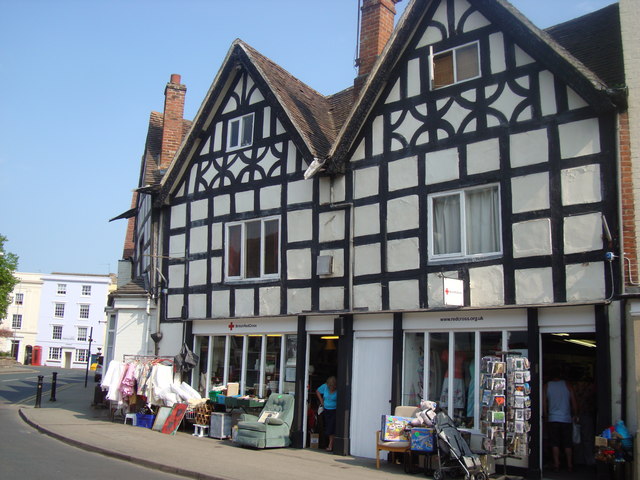
Lord Henry's Clump is a picturesque woodland located in Warwickshire, England. Spanning over a vast area, it is a renowned destination for nature enthusiasts and hikers. The woodland is often referred to as a clump, owing to its dense and clustered growth of trees, creating a distinct and captivating landscape.
The forest is predominantly composed of oak and beech trees, which provide a rich canopy and a haven for various species of birds and wildlife. The foliage is lush and vibrant, especially during the spring and summer months, when the forest floor is adorned with a carpet of wildflowers. This creates a stunning visual spectacle and attracts numerous visitors seeking solace in the tranquility of nature.
Lord Henry's Clump is crisscrossed by a network of well-maintained trails and footpaths, offering visitors the opportunity to explore the woodland at their own pace. These paths wind through the forest, leading to scenic viewpoints and hidden alcoves where one can pause and enjoy the serene surroundings.
The clump is also home to an array of wildlife, including deer, foxes, and various species of birds. Birdwatchers flock to the area to catch a glimpse of rare and migratory birds that inhabit the woodland. In addition to its natural beauty, Lord Henry's Clump also boasts a rich historical significance, with remnants of ancient settlements and archaeological sites scattered throughout the forest.
Overall, Lord Henry's Clump in Warwickshire is a captivating woodland offering a harmonious blend of natural beauty, biodiversity, and historical charm. It is the perfect destination for those seeking a tranquil and immersive experience in the heart of nature.
If you have any feedback on the listing, please let us know in the comments section below.
Lord Henry's Clump Images
Images are sourced within 2km of 52.206402/-1.8880379 or Grid Reference SP0756. Thanks to Geograph Open Source API. All images are credited.







Lord Henry's Clump is located at Grid Ref: SP0756 (Lat: 52.206402, Lng: -1.8880379)
Administrative County: Warwickshire
District: Stratford-on-Avon
Police Authority: Warwickshire
What 3 Words
///barbarian.briskly.piper. Near Alcester, Warwickshire
Nearby Locations
Related Wikis
Nearby Amenities
Located within 500m of 52.206402,-1.8880379Have you been to Lord Henry's Clump?
Leave your review of Lord Henry's Clump below (or comments, questions and feedback).
